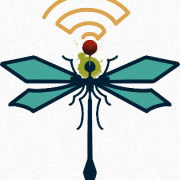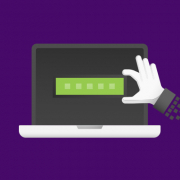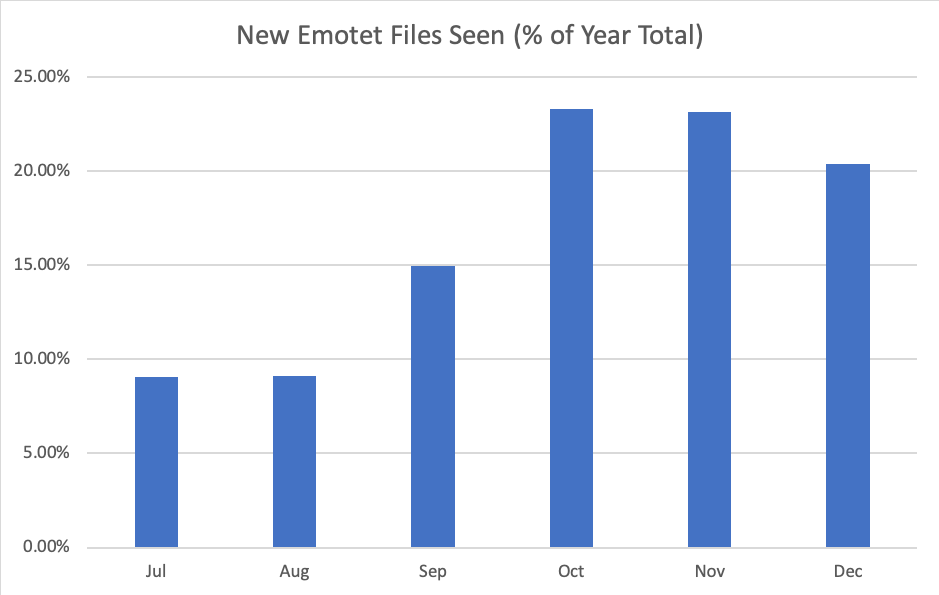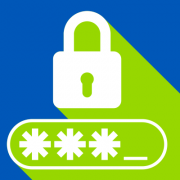Why You Shouldn’t Share Security Risk
There are some things in life that would be unfathomable to share. Your toothbrush, for example. We need to adopt the same clear distinction with cybersecurity risk ownership as we do with our toothbrush.
You value sharing as a good characteristic. However, even if you live with other people, everyone in your household still has their own toothbrush. It’s very clear which toothbrush is yours and which toothbrush is your partner’s/spouse’s or your children’s.
At some point in our lives, we were taught that toothbrushes should not be shared, and we pass that knowledge down to our children and dependents and make sure they also know. The same type of education about not sharing cybersecurity risks needs to happen. By not defining risk ownership, you’re sharing it with your customers.
Why Risk Should Never Be Shared
There should be no such thing as shared risk. It is very binary. Either the customer owns it, or you own it. Setting the correct expectation of an MSP’s cybersecurity and risk responsibility is critical to keeping a long-term business relationship.
When a breach occurs is not the time to be wondering which side is at fault. Notice I said ‘when’ not ‘if.’ Nearly 70% of SMBs have already experienced a cyberattack, with 58% of SMBs experiencing a cybersecurity attack within the past year—costing these companies an average of $400,000. The last thing you need is to be on the hook for a potentially business-crippling event. You need to limit your liability.
What Are Your Cybersecurity Risk Management Options?
1. Accept the Risk
When an organization accepts the risk, they have identified and logged the risk, but don’t take any action to remediate it. This is an appropriate action when the risk aligns with the organization’s risk tolerance, meaning they are willing to leave the risk unaddressed as a part of their normal business operations.
There is no set severity to the risk that an organization is willing to accept. Depending on the situation, organizations can accept risk that is low, moderate, or high.
When an organization decides to accept the risk, they have identified and logged the risk, but don’t take any action to remediate it. This is an appropriate action when the risk fits into the organization’s risk tolerance, and there is no set severity to the risk. Meaning, depending on the situation, an organization could be willing to accept low, moderate, or even high risk.
Here are two examples:
An organization has data centers located in the northeastern part of the United States and accept the risk of earthquakes. They know that an earthquake is possible but decide not to put the money into addressing the risk due to the infrequency of earthquakes in that area.
On the other end of the risk spectrum, a federal agency might share classified information with first responders who don’t typically have access to that information to stop an impending attack.
Many factors go into an organization accepting risk, including the organization’s overall mission, business needs, and potential impact on individuals, other organizations, and the Nation.1
2. Transfer the Risk
Transferring risk means just that; an organization passing the identified risk onto another entity. This action is appropriate when the organization has both the desire and the means to transfer the risk. As an MSP, you make a recommendation to a customer and they want you to do something, they’ve transferred the risk to you in exchange for payment for your products and service.
Transferring risk does not reduce the likelihood of an attack or incident occurring or the consequences associated with the risk.2
3. Mitigate the Risk
When mitigating risk, measures are put in place to address the risk. It’s appropriate when the risk cannot be accepted, avoided, or transferred. Mitigating risk depends on the risk management tier, the scope of the response, and the organization’s risk management strategy.
Organizations can approach risk mitigation in a variety of ways across three tiers:
- Tier 1 can include common security controls
- Tier 2 can introduce process re-engineering
- Tier 3 can be a combination of new or enhanced management, operational, or technical safeguards
An organization could put this into practice by, for example, prohibiting the use or transport of mobile devices to certain parts of the world.3
4. Avoid the Risk (Not Recommended)
Risk avoidance is the opposite of risk acceptance because it’s an all-or-nothing kind of stance. For example, cutting down a tree limb hanging over your driveway, rather than waiting for it to fall, would be risk avoidance. You would be avoiding the risk of the tree limb falling on your car, your house, or on a passerby. Most insurance companies, in this example, would accept the risk and wait for the limb to fall, knowing that they can likely avoid incurring that cost. However, the point is that risk avoidance means taking steps so that the risk is completely addressed and cannot occur.
In business continuity and disaster recovery plans, risk avoidance is the action that avoids any exposure to the risk whatsoever. If you want to avoid data loss, you have a fully redundant data center in another geographical location that is completely capable of running your entire organization from that location. That would be complete avoidance of any local disaster such as an earthquake or hurricane.
While risk avoidance reduces the cost of downtime and recovery and may seem like a safer bet, it is usually the most expensive of all risk mitigation strategies. Not to mention it’s simply no longer feasible to rely on risk avoidance in today’s society with increasingly sophisticated cyberattacks.4
By using a risk assessment report to identify risk, you can establish a new baseline of the services you are and are not covering. This will put the responsibility onto your customers to either accept or refuse your recommendations to address the risk.
Summary
There are many different options when it comes to dealing with risks to your business. The important thing is to know what risks you have, how you are going to manage those risks, and who owns those risks. Candid discussions with your customers, once you know and understand the risks, is the only true way for each of you to know who owns the risks and what risk management option is going to be put in place for those risks. Don’t be afraid to have these conversations. In the long run, it will lead to outcomes which will be best for both you and your customers.
This article was provided by our service partner : Connectwise
















